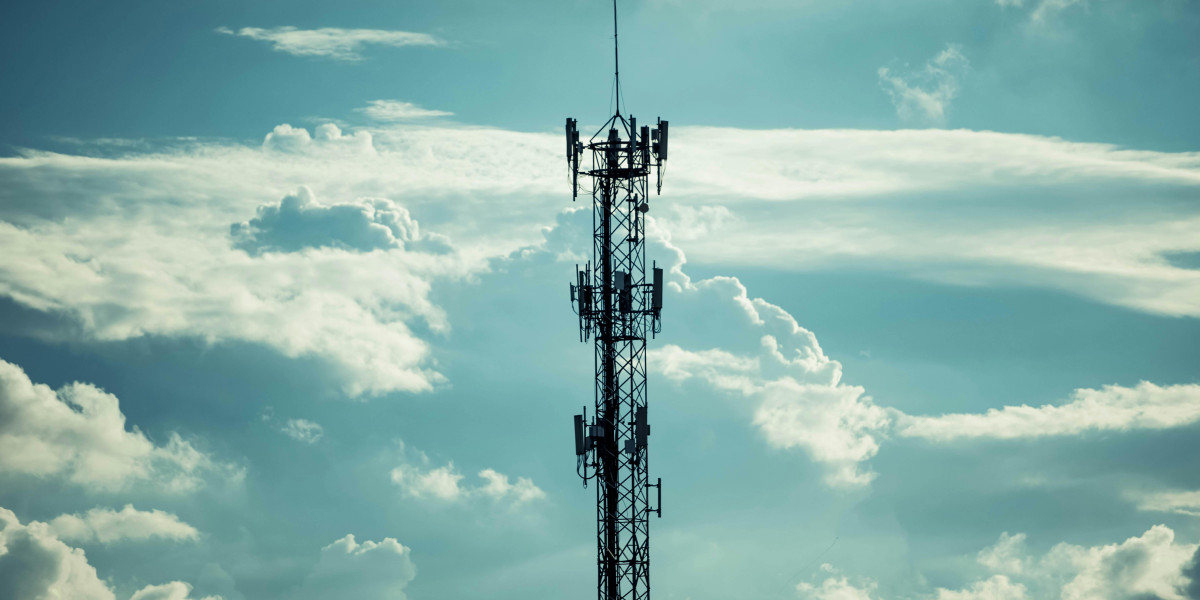Mobile Signal Problems in India and How Mobile Signal Boosters Can Improve Connectivity at Home, Office, and Other Locations
Introduction: India's Growing Digital Demand
India, the world’s fourth-largest economy by purchasing power parity and one of the most rapidly digitizing nations, is experiencing an unprecedented demand for stable mobile connectivity. From bustling metros like Delhi and Mumbai to the remotest villages in the Northeast, mobile communication is no longer a luxury — it's a necessity. Whether it’s for business, education, entertainment, or emergency services, uninterrupted mobile signals are essential.
Despite the advances in 4G and the rollout of 5G networks, users across the country continue to face signal problems. Inconsistent connectivity, dropped calls, slow internet speeds, and “no network” zones are common complaints. This is where mobile signal boosters come into play — offering a practical solution to significantly improve connectivity in homes, offices, and other locations.
Causes of Poor Mobile Signal in India
Mobile signal issues in India arise from a combination of geographic, infrastructural, and environmental factors. Here's a breakdown of the most common causes:
1. Urban Congestion and High-Rise Buildings
In dense metropolitan areas, signals are often obstructed by tall buildings and thick concrete walls. With millions of users trying to access limited bandwidth, urban towers get overloaded, especially during peak hours.
2. Remote and Rural Areas
In villages and hilly regions, mobile towers are sparse due to infrastructure challenges. Low tower density means poor signal penetration and often results in complete network blackouts in such areas.
3. Thick Concrete Walls and Basements
Buildings with heavy structural elements, underground parking, or thick walls prevent signals from reaching indoors. This leads to network dropouts even when you're in a coverage zone.
4. Adverse Weather Conditions
Rain, storms, and humidity can interfere with radio waves used by telecom operators. Weather is a major factor in signal attenuation in coastal or monsoon-prone regions.
5. Inadequate Telecom Infrastructure
While the telecom sector is growing, the pace of infrastructure development is often slower than the rate of user growth. In some areas, networks still rely on outdated 2G/3G equipment or insufficient 4G bandwidth.
Telecom Growth in India: A Snapshot
India has over 1.17 billion mobile subscribers as of 2024, with Reliance Jio leading the market followed by Bharti Airtel, Vi (Vodafone Idea), and BSNL. The launch of 5G services has added momentum, but consistent indoor coverage remains a challenge.
The government's Digital India Mission is pushing for universal access to internet and mobile services. However, the ground reality shows that many users still struggle with daily signal issues, especially indoors or in remote locations.
What is a Mobile Signal Booster and How Does It Work?
A mobile signal booster is a device that amplifies weak cellular signals and rebroadcasts them to areas with poor reception. It works in three steps:
- External Antenna – Captures existing weak signal from outside.
- Signal Amplifier – Boosts the captured signal.
- Internal Antenna – Redistributes the amplified signal indoors.
Signal boosters are compatible with all major Indian networks — Jio, Airtel, Vi, and BSNL — and support multiple frequency bands like 900MHz, 1800MHz, 2100MHz, and even 2300MHz (for 4G LTE).
Where Can Mobile Signal Boosters Be Used?
1. Homes and Apartments
In residential buildings, especially high-rises or those with basement floors, signals are often too weak indoors. Boosters ensure seamless connectivity across rooms.
2. Commercial Offices
In corporate buildings, Wi-Fi often backs up mobile data, but voice calls suffer. Signal boosters solve the call drop issues for multiple users simultaneously.
3. Basements and Parking Areas
Mobile signals generally fail to penetrate into underground parking lots or basements. Installing boosters can make these dead zones usable for communication.
4. Shops and Small Businesses
Retailers and service providers often operate from concrete-heavy structures or congested markets. Boosters help maintain contact with customers and suppliers.
5. Rural Areas and Villages
In areas with no tower nearby, boosters can amplify even the weakest signals and provide a lifeline for communication and internet access.
Installation and Setup Process
Setting up a mobile signal booster is relatively straightforward and typically includes:
- Step 1: Mounting the external antenna at a location with the best outdoor signal.
- Step 2: Connecting the antenna to the signal amplifier unit using coaxial cable (such as LMR 300).
- Step 3: Connecting the amplifier to the internal antenna for signal distribution.
- Step 4: Powering on and testing signal strength.
Professional installation is recommended for optimal results. DIY kits are also available for smaller setups.
Legality and TRAI Guidelines: Clearing the Confusion
There’s a widespread misconception that mobile signal boosters are illegal in India. Here's the truth:
- TRAI (Telecom Regulatory Authority of India) does not ban boosters but mandates that they must not interfere with licensed networks or cause signal disruptions.
- Only network-compatible and TRAI-compliant boosters are allowed.
- Boosters must be of carrier-grade quality and used responsibly.
- Unauthorized or "grey market" boosters that jam signals or overload networks are banned.
This is why you should always buy certified boosters from trusted sources like cplay.in, which offer safe and compliant devices.
Conclusion: Boosting India’s Digital Future
In a rapidly digitizing India, mobile connectivity is the backbone of growth, innovation, and inclusion. From urban tech parks to village schools, strong mobile signals are essential. However, infrastructural challenges continue to create connectivity gaps.
Mobile signal boosters provide a smart, legal, and efficient way to solve signal issues across homes, offices, and public spaces. By choosing certified, high-quality boosters, users can enjoy uninterrupted calls, faster data, and a seamless mobile experience.








